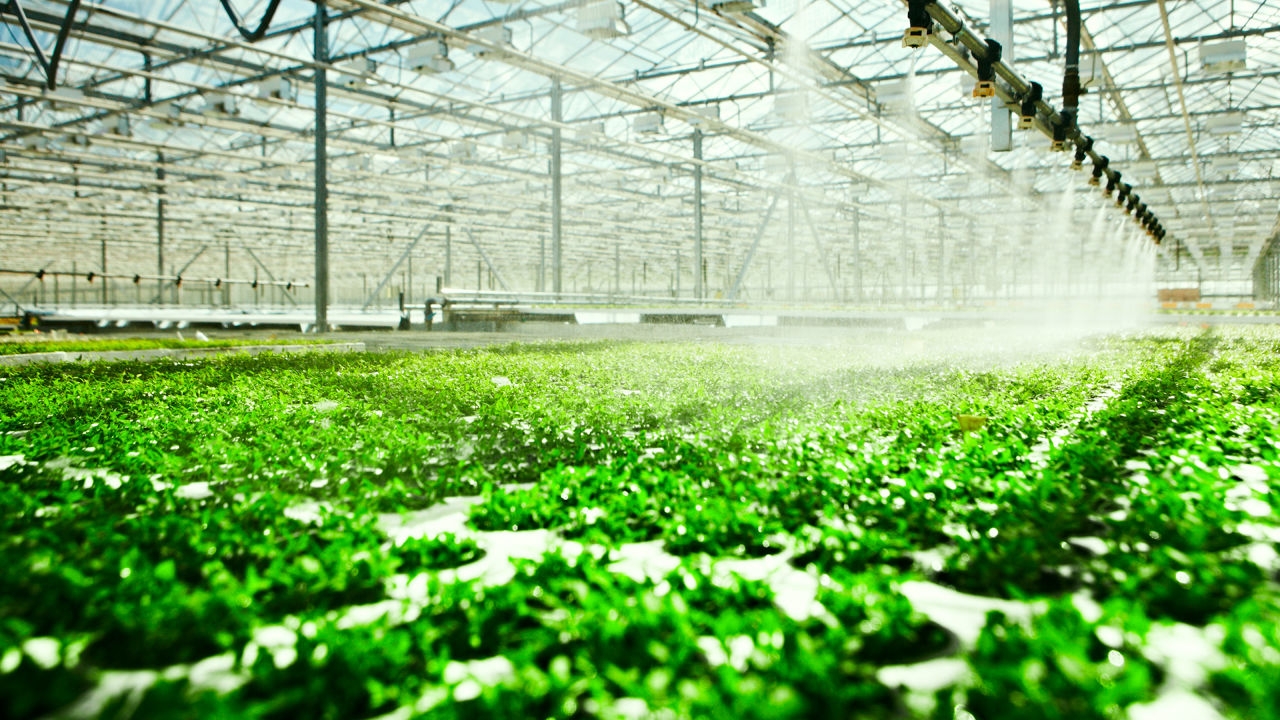
Hydroponic Growing – An Eco-Friendly Way to Grow Plants and Vegetables
Hydroponic farming is an innovative and environmentally beneficial method of growing plants, and it's great for urban areas where farmland is scarce.
Hydroponics is the process of growing plants without using soil. In the traditional sense of growing plants, soil is usually how plants get the nutrients they need to grow, along with sun and water. It is almost impossible to grow plants in barren lands or where the soil is devoid of essential minerals. With hydroponics, nutrients are directly fed to plants by being added to the water supply, which is much more efficient than being absorbed by the plants through the soil.
There are so many benefits to hydroponic growing. One of the pros of hydroponics is that less land is needed to grow plants. The amount of farmable land for commercial agriculture has been steadily shrinking over the years. Much more can be grown with hydroponics in a small space, compared to traditional farming. And, because it doesn’t require soil, hydroponic growing can be used in areas with harsh climate and little fertile soil, like the desert. Less water usage is another important benefit. Hydroponic growing uses only 10% of the water that would be needed to grow plants in soil and it is recyclable. Another benefit to hydroponic growing is the elimination of herbicides and pesticides. In conventional farming, herbicides are sprayed to kill off unwanted plants (weeds), while pesticides are applied to control insects. The spraying of pesticides and herbicides is detrimental to the environment by causing runoff, which affects both soil and bodies of water, contaminating nearby ecosystems and potentially poisoning other animals as well as the target insect.

With hydroponics, you have full control over your garden with more optimal results. Hydroponics provides the exact needs to the plants and they typically grow faster and have higher yields than plants grown traditionally because they do not need to expand their roots to look for nutrients. And hydroponic growing doesn’t just make your growing cycle easier; it extends your growing season and is more efficient. When growing indoors, plants can be grown during any season since they are grown in their own controlled environment.
There are various systems available for indoor and outdoor growing. A typical outdoor/greenhouse Dutch Bucket System could contain 8 buckets (2 rows of 4) that rest on a PVC frame with an integrated drainage system. The recirculating pump in the reservoir tank feeds the optimal level of hydroponic nutrients and water to crops through drippers. The buckets have a siphon elbow drainage system to provide the correct water level for optimal root health. Sometimes a water chiller and heater are needed to maintain the temperature of the system. A bubbler can also be used to oxygenate the water supply. Net pots (cups) can be used to place the plants in, or hydroponic growing media such as rockwool, gravel, sand, perlite or coco coir.
If you are passionate about growing plants, or you need to grow where soil or land conditions restrict you, or if you are looking for more innovative and environmentally friendly farming practices, then hydroponic growing could be a great alternative for you.
Similar Products:
RDWC (Recirculating Deep Water Culture) system
